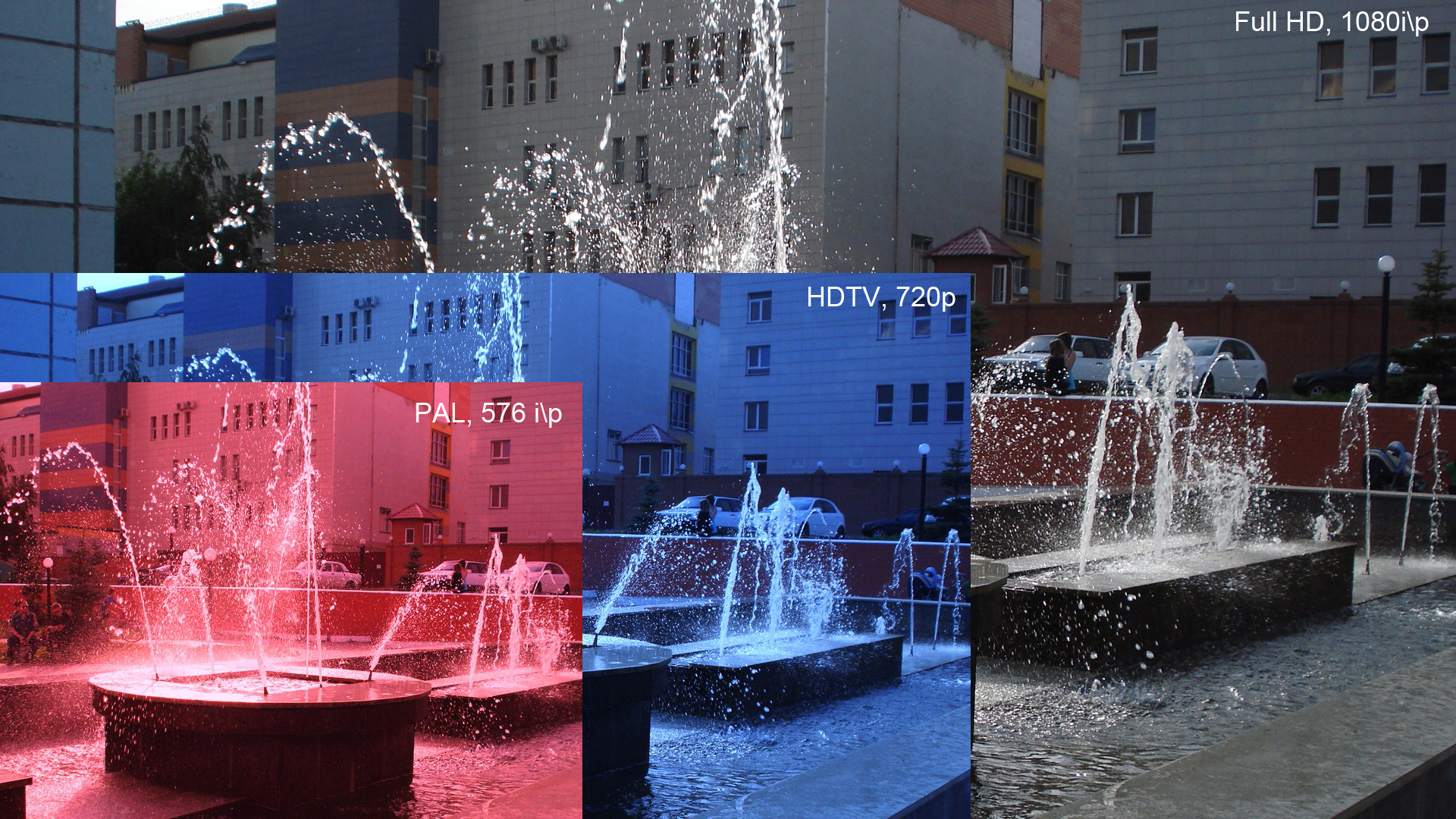|
Tecno Phantom X
Tecno Phantom X is an Android-based smartphone manufactured, released and marketed by Tecno Mobile as a standalone phantom sub-brand. The device was unveiled during an event held on 1 July 2021. The Tecno Phantom X is an upgraded version of Tecno Phantom 9, coming with different features, including the OS, battery, camera, design, storage and memory. The phone has received generally favorable reviews, with critics mostly noting the battery, design, selfie camera and fast charging capacity. Critics, however, criticized the lack of stereo speakers. Design The Phantom X has a design with a patterned glass back and Gorilla Glass 5 on the front, while the side frame is made of anodized aluminum. The device feature a vapor chamber cooling system attached to the chipset. For the front camera, the dual camera setup is embedded inside a dual punch-hole cut-out located at the left corner of the display. Specifications Hardware Chipsets The device utilize the MediaTek Helio G95 ... [...More Info...] [...Related Items...] OR: [Wikipedia] [Google] [Baidu] |
Tecno Mobile
Tecno Mobile is a Chinese mobile phone manufacturer based in Shenzhen, China. It was established in 2006. It is a subsidiary of Transsion Holdings. Aimed at emerging markets, Tecno has focused its business on the African, Middle Eastern, Southeast Asian, Indian, Latin American, and Eastern European markets. History In 2006, Tecno Mobile was founded as Tecno Telecom Limited, but later changed its name to Transsion Holdings with Tecno Mobile serving as one of its subsidiaries. In 2007, Tecno created a second brand, Itel that sold in Africa. In early 2008, Tecno focused entirely to Africa following market research, and by 2010, it was among the top three mobile phone brands in Africa. In 2016, Tecno entered the Middle East mobile phone market. In 2017, it entered the Indian market, launching its ‘Made for India’ smartphones: the ‘i’ series - i5, i5 Pro, i3, i3 Pro and i7. The company initially started in Rajasthan, Gujarat, and Punjab, and by December 2017 was spread ac ... [...More Info...] [...Related Items...] OR: [Wikipedia] [Google] [Baidu] |
Facial Recognition System
A facial recognition system is a technology potentially capable of matching a human face from a digital image or a Film frame, video frame against a database of faces. Such a system is typically employed to authenticate users through ID verification services, and works by pinpointing and measuring facial features from a given image. Development began on similar systems in the 1960s, beginning as a form of computer Application software, application. Since their inception, facial recognition systems have seen wider uses in recent times on smartphones and in other forms of technology, such as robotics. Because computerized facial recognition involves the measurement of a human's physiological characteristics, facial recognition systems are categorized as biometrics. Although the accuracy of facial recognition systems as a biometric technology is lower than iris recognition, fingerprint, fingerprint image acquisition, palm recognition or Speech recognition, voice recognition, it i ... [...More Info...] [...Related Items...] OR: [Wikipedia] [Google] [Baidu] |
Focal Length
The focal length of an Optics, optical system is a measure of how strongly the system converges or diverges light; it is the Multiplicative inverse, inverse of the system's optical power. A positive focal length indicates that a system Convergence (optics), converges light, while a negative focal length indicates that the system Divergence (optics), diverges light. A system with a shorter focal length bends the Ray (optics), rays more sharply, bringing them to a focus in a shorter distance or diverging them more quickly. For the special case of a thin lens in air, a positive focal length is the distance over which initially Collimated beam, collimated (parallel) rays are brought to a Focus (optics), focus, or alternatively a negative focal length indicates how far in front of the lens a point source must be located to form a collimated beam. For more general optical systems, the focal length has no intuitive meaning; it is simply the inverse of the system's optical power. In mos ... [...More Info...] [...Related Items...] OR: [Wikipedia] [Google] [Baidu] |
Autofocus
An autofocus (AF) optical system uses a sensor, a control system and a motor to focus on an automatically or manually selected point or area. An electronic rangefinder has a display instead of the motor; the adjustment of the optical system has to be done manually until indication. Autofocus methods are distinguished as active, passive or hybrid types. Autofocus systems rely on one or more sensors to determine correct focus. Some AF systems rely on a single sensor, while others use an array of sensors. Most modern SLR cameras use through-the-lens optical sensors, with a separate sensor array providing light metering, although the latter can be programmed to prioritize its metering to the same area as one or more of the AF sensors. Through-the-lens optical autofocusing is usually speedier and more precise than manual focus with an ordinary viewfinder, although more precise manual focus can be achieved with special accessories such as focusing magnifiers. Autofocus accur ... [...More Info...] [...Related Items...] OR: [Wikipedia] [Google] [Baidu] |
Wide-angle Lens
In photography and cinematography, a wide-angle lens is a Photographic lens, lens covering a large angle of view. Conversely, its focal length is substantially smaller than that of a normal lens for a given film plane. This type of lens allows more of the Scene (perception), scene to be included in the photograph, which is useful in architectural, interior, and landscape photography where the photographer may not be able to move farther from the scene to photograph it. Another use is where the photographer wishes to emphasize the difference in size or distance between objects in the foreground and the background; nearby objects appear very large and objects at a moderate distance appear small and far away. This exaggeration of relative size can be used to make foreground objects more prominent and striking, while capturing expansive backgrounds. A wide-angle lens is also one that projects a substantially larger image circle than would be typical for a standard design lens of the ... [...More Info...] [...Related Items...] OR: [Wikipedia] [Google] [Baidu] |
Aperture
In optics, the aperture of an optical system (including a system consisting of a single lens) is the hole or opening that primarily limits light propagated through the system. More specifically, the entrance pupil as the front side image of the aperture and focal length of an optical system determine the cone angle of a bundle of rays that comes to a focus in the image plane. An optical system typically has many structures that limit ray bundles (ray bundles are also known as ''pencils'' of light). These structures may be the edge of a lens or mirror, or a ring or other fixture that holds an optical element in place or may be a special element such as a diaphragm placed in the optical path to limit the light admitted by the system. In general, these structures are called stops, and the aperture stop is the stop that primarily determines the cone of rays that an optical system accepts (see entrance pupil). As a result, it also determines the ray cone angle and brightne ... [...More Info...] [...Related Items...] OR: [Wikipedia] [Google] [Baidu] |
Pixel
In digital imaging, a pixel (abbreviated px), pel, or picture element is the smallest addressable element in a Raster graphics, raster image, or the smallest addressable element in a dot matrix display device. In most digital display devices, pixels are the smallest element that can be manipulated through software. Each pixel is a Sampling (signal processing), sample of an original image; more samples typically provide more accurate representations of the original. The Intensity (physics), intensity of each pixel is variable. In color imaging systems, a color is typically represented by three or four component intensities such as RGB color model, red, green, and blue, or CMYK color model, cyan, magenta, yellow, and black. In some contexts (such as descriptions of camera sensors), ''pixel'' refers to a single scalar element of a multi-component representation (called a ''photosite'' in the camera sensor context, although ''wikt:sensel, sensel'' is sometimes used), while in yet ... [...More Info...] [...Related Items...] OR: [Wikipedia] [Google] [Baidu] |
1080p
1080p (1920 × 1080 progressively displayed pixels; also known as Full HD or FHD, and BT.709) is a set of HDTV high-definition video modes characterized by 1,920 pixels displayed across the screen horizontally and 1,080 pixels down the screen vertically; the ''p'' stands for progressive scan, ''i.e.'' non- interlaced. The term usually assumes a widescreen aspect ratio of 16:9, implying a resolution of 2.1 megapixels. It is often marketed as Full HD or FHD, to contrast 1080p with 720p resolution screens. Although 1080p is sometimes referred to as 2K resolution (meaning having a horizontal resolution of approximately 2,000 pixels), other sources differentiate between 1080p and (true) 2K resolution. 1080p video signals are supported by ATSC standards in the United States and DVB standards in Europe. Applications of the 1080p standard include television broadcasts, Blu-ray Discs, smartphones, Internet content such as YouTube videos and Netflix TV shows and movi ... [...More Info...] [...Related Items...] OR: [Wikipedia] [Google] [Baidu] |
Display Aspect Ratio
The display aspect ratio (DAR) is the Aspect ratio (image), aspect ratio of a display device and so the proportional relationship between the display size, physical width and the height of the display. It is expressed as two numbers separated by a colon (''x'':''y''), where ''x'' corresponds to the width and ''y'' to the height. Common aspect ratios for displays, past and present, include 5:4, 4:3, 16:10, and 16:9. To distinguish: * The display aspect ratio (DAR) is calculated from the physical width and height of a display, measured each in inch or Centimetre, cm (Display size). * The pixel aspect ratio, pixel aspect ratio (PAR) is calculated from the width and height of one pixel. * The storage aspect ratio, storage aspect ratio (SAR) is calculated from the numbers of pixels in width and height stated in the Graphics display resolution, display resolution. Because the units cancel out, all aspect ratios are unitless. Diagonal and area The size of a television set or computer ... [...More Info...] [...Related Items...] OR: [Wikipedia] [Google] [Baidu] |
Refresh Rate
The refresh rate, also known as vertical refresh rate, vertical scan rate or vertical frequency in reference to terminology originating with the cathode-ray tubes (CRTs), is the number of times per second that a raster-based display device displays a new image. This is independent from frame rate, which describes how many images are stored or generated every second by the device driving the display. On CRT displays, higher refresh rates produce less flickering, thereby reducing eye strain. In other technologies such as liquid-crystal displays, the refresh rate affects only how often the image can potentially be updated. Non-raster displays may not have a characteristic refresh rate. Vector displays, for instance, do not trace the entire screen, only the actual lines comprising the displayed image, so refresh speed may differ by the size and complexity of the image data. For computer programs or telemetry, the term is sometimes applied to how frequently a datum is updated with a ... [...More Info...] [...Related Items...] OR: [Wikipedia] [Google] [Baidu] |
AMOLED
AMOLED (active-matrix organic light-emitting diode; ) is a type of OLED display device technology. OLED describes a specific type of thin-film-display technology in which organic compounds form the electroluminescence, electroluminescent material, and active matrix refers to the technology behind the addressing of pixels. Since 2007, AMOLED technology has been used among mobile phones, media players, TVs and digital cameras, and the current progress over this technology is in lower power usage, lower cost, better resolution and specifically for larger screen (e.g. 8k screens). Design An AMOLED display consists of an active matrix of OLED pixels generating light (luminescence) upon electrical activation that have been deposited or integrated onto a thin-film transistor (TFT) array, which functions as a series of switches to control the current flowing to each individual pixel. Typically, this continuous current flow is controlled by at least two TFTs at each pixel (to trigger ... [...More Info...] [...Related Items...] OR: [Wikipedia] [Google] [Baidu] |
4G LTE
In telecommunications, long-term evolution (LTE) is a standard for wireless broadband communication for cellular mobile devices and data terminals. It is considered to be a "transitional" 4G technology, and is therefore also referred to as 3.95G as a step above 3G. LTE is based on the 2G GSM/ EDGE and 3G UMTS/ HSPA standards. It improves on those standards' capacity and speed by using a different radio interface and core network improvements. LTE is the upgrade path for carriers with both GSM/UMTS networks and CDMA2000 networks. LTE has been succeeded by LTE Advanced, which is officially defined as a "true" 4G technology and also named "LTE+". Terminology The standard is developed by the 3GPP (3rd Generation Partnership Project) and is specified in its Release 8 document series, with minor enhancements described in Release 9. LTE is also called 3.95G and has been marketed as 4G LTE and Advanced 4G; but the original version did not meet the technical criteria of a 4G wirel ... [...More Info...] [...Related Items...] OR: [Wikipedia] [Google] [Baidu] |







